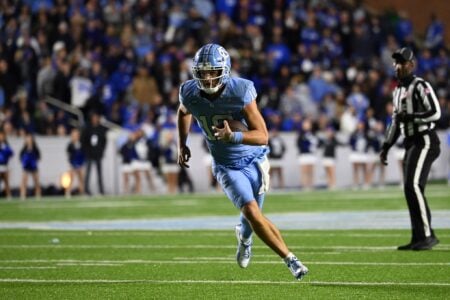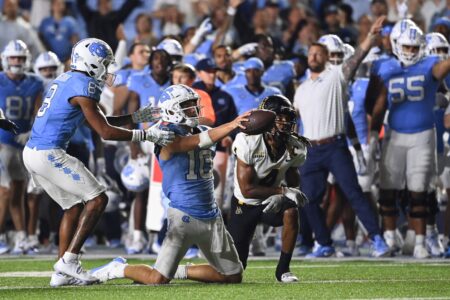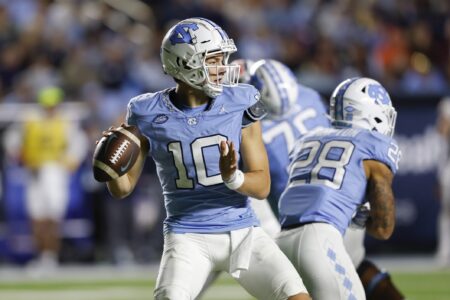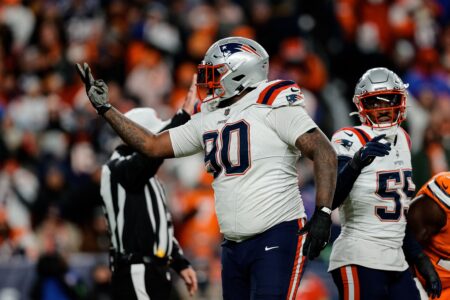Q: When did the long snapper become such a specialized position?
BB: I would say at about the time I came into the league in the 70s, middle to late 70s. A lot of teams, when I first came into the league, I'd say there were a couple long snappers in the league and most teams had a position player that snapped, either a center, linebacker, tight end. Then, in the 70s and the early 80s, that transitioned to having a snapper, a kicker and a punter. In a lot of cases, you had punters and kickers who were also position players still in the 70s. Then you got the specialists, like [Pete] Gogolak and guys like that, who came in and they were just full-time players. In the early 70s and even into the middle 70s, there were still teams that had punters, kickers and snappers that were position players. Even if you look at the Pro Bowl voting, I'm not sure exactly when that changed, I'd say 10-15 years ago. It hasn't been that long where the rule was you had to select a player who was a position player to be your long snapper. Like when you send in your ballot, you had to include somebody that was a snapper so that each team would have one or they picked one. At some point - I can't remember exactly when it was - they went to just strictly selecting a long snapper because, in all honesty, those players didn't snap anymore. It kind of got phased out, like the Lou Groza's and the Gino Cappelletti's and the George Blanda's, who were great kickers and also position players [who] went the way of specialists. A big part of that also was the expansion of the roster. The bigger the rosters, then the more specialization you have. So when you were looking at 39-, 40-, 42-, 43-man rosters, you have to combine some of those things, whereas now you get to the specialization with higher numbers. There's a certain movement out there amongst different teams and coaches and media and so forth about expanding the rosters and saying: ‘Well, we have more players and are already paying a certain number of guys. So why not let them all play?' I think the downside to that is the more players you have, then the more specialization you have. So now you have a kickoff guy, a field goal guy, a snapper, a punt return guy, a kickoff return guy, you've got a blocking tight end and goal-line, you've got a receiving tight end and third-down and - defensively - you need all the people to match those. Before you know, you've got a plus-50 punt return guy. Then you got a guy on the long field to return punts when you don't have a lot of ball-handling situations. Yeah, you could take the roster to 70 and find a spot for everybody for that one situation, kind of like in college; you have a field goal snapper, a punt snapper, you've got 20 guys to do 20 different things. I'm not sure if that's good for the game. But obviously it's a longer discussion here. I don't mean to get carried away on a simple question. I just love to help you guys out and give you some information. Now, you can rip me on it for answering a long answer.


















